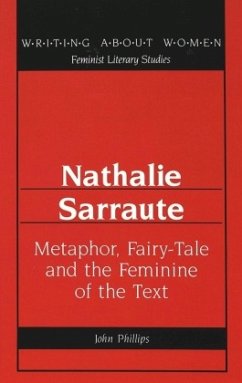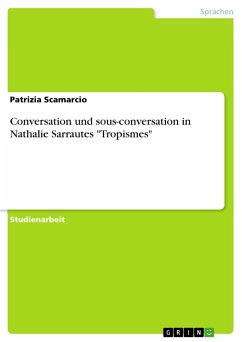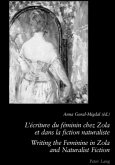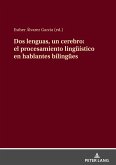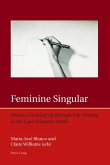Breaking new ground in Sarraute studies, John Phillips reads the novels and plays of Nathalie Sarraute in a hitherto largely neglected critical perspective. Through a detailed analysis of textual metaphors, he demonstrates that Sarraute's writing is informed and inspired by an intensely personal set of desires. Unlike previous criticism, which has stressed the formal aspects of the writing to the exclusion of the psychological, this study exploits contemporary psychoanalytic and feminist theory to expose an unconscious feminine dimension which the author herself has never recognized.
«Born in Russia at the turn of the century, Nathalie Sarraute was the only woman writer to be part of the New Novel in the late fifties in France. Recognized as one of the most innovative novelists of this century, Sarraute has greatly contributed to the renewal of fiction writing after Proust. In his challenging study, John Phillips identifies the fairy-tale as one matrix of the text. He also brilliantly shows that the Feminine is - in the movement of words, sounds, and images - to be read in the Sarrautean body of metaphors.» (Madeleine Renouard, University of London)

